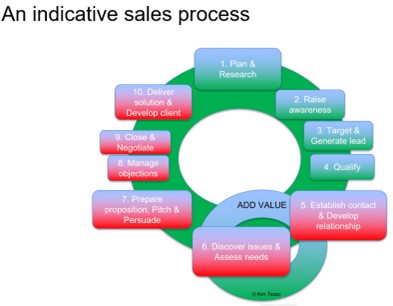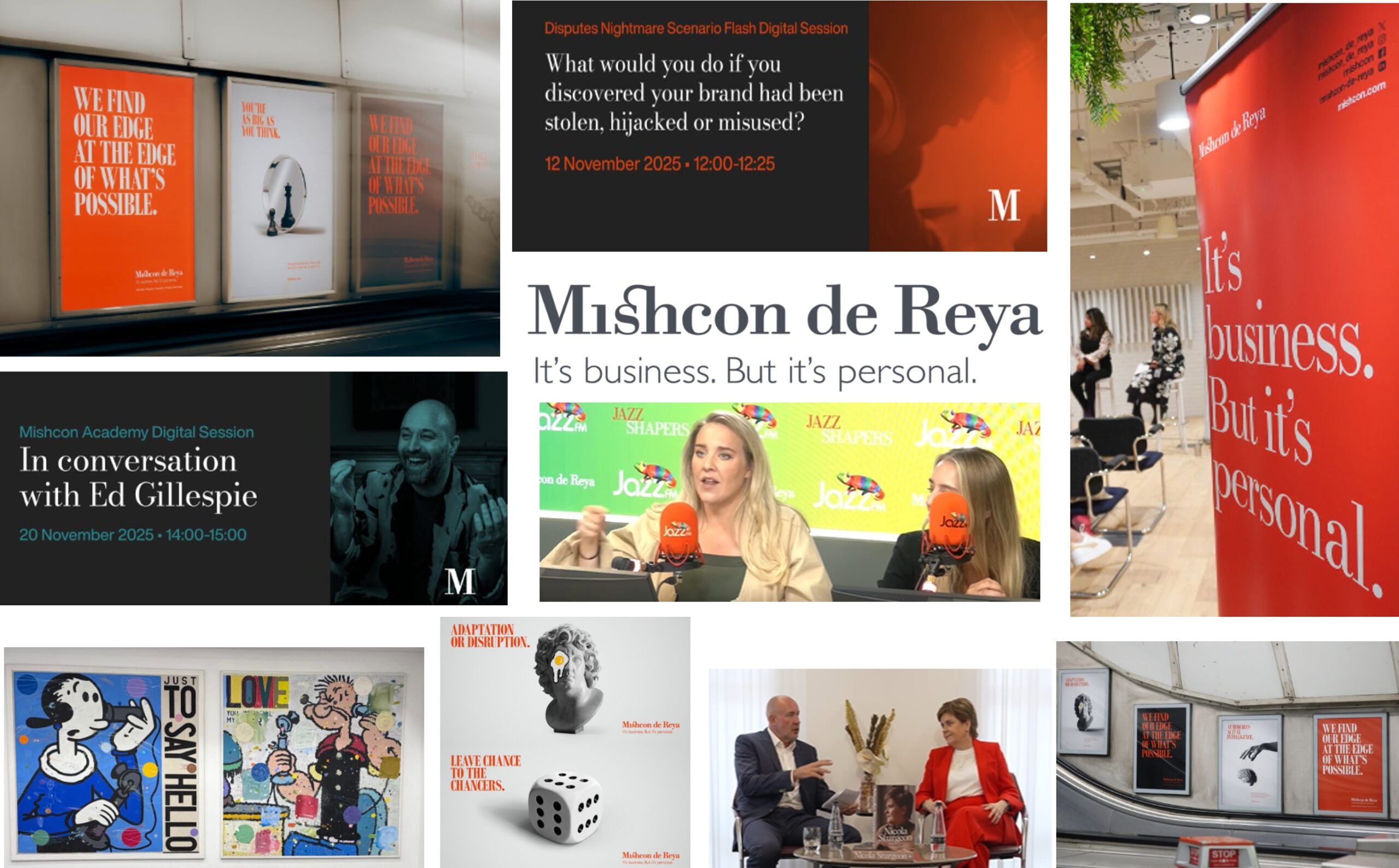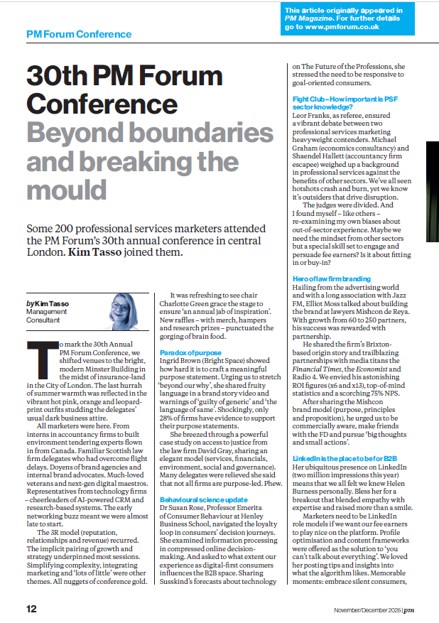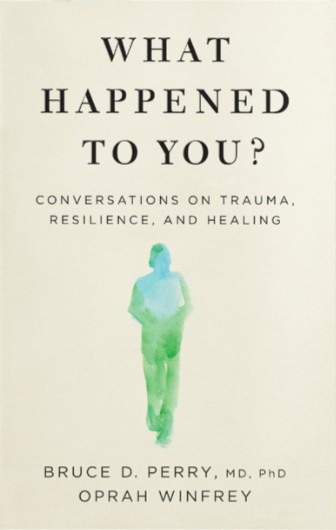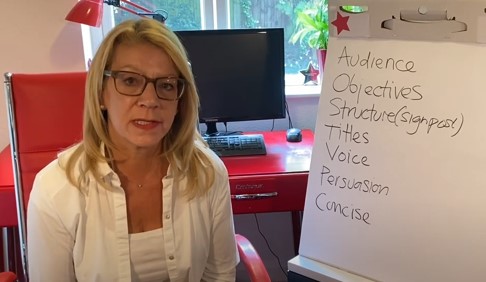
(Video script – 10 minutes) I often design and deliver training courses and workshops on writing – for professional people (lawyers, accountants and surveyors) who have to get to grips with writing articles, blogs and social media posts as part of their personal promotion. And for marketing and business development people who spend their lives producing persuasive client communications. And support teams who must persuade readers to take action. For lockdown, I thought I’d prepare a short (10 minute) video on seven secrets of great business writing (video).
I have written seven books now and thousands (possibly tens of thousands) of articles – and have run several blogs for over a decade. I’ve also done some technical and ghost writing. I’m a journalist and have written for many magazines – in print and online.
So, I have just a few minutes to share with you my top seven thoughts about great writing – both the planning and doing elements.
PLANNING
1. Audience – Focus on the reader
Technical experts and specialists often focus on saying what they want to say rather than presenting information in a way that the reader wants to see. But telling isn’t selling!
Good writing exhibits empathy (part of the emotional intelligence skill set) with the reader and creates an emotional connection.
You may need to segment the audience as a one-size-fits-all approach can end up in dull, general copy – so targeting your writing is important. Personas are another way to achieve this.
And you need to think about the context in which the audience will be reading your information – on their PCs, on their phones, at work or at home.
2. Objectives – Be clear about your aims (and call to action)
You need to be clear about the purpose or point of your writing.
How do you want the reader to feel when they read? To think? To remember?
Usually, in business or in marketing we are trying to convey a key message to the readers. Sometimes we might be direct about our proposition.
But often we want them to do something as a result. We call that the Call To Action (CTA) – do you want them to respond, to provide information, to visit a web site or to call you?
3. Structure and signposting
At school or college we were taught the beginning – middle – end approach. This isn’t so good for business writing as people rarely get to the end.
So think about different structures – before and after, here and there, theory and practice, problem and solution. There are lots to choose from.
Some suggest you go for: a tell them what you will tell them, tell them and then tell them what you’ve told them structure. That uses reinforcement.
Sub-headings will make it easier for people to scan the content and pick up the main points – and also to navigate by following the sign posts.
DOING
4. Title – Capture attention and offer a promise or benefit
You need to capture attention quickly – and the title is critical here. Some argue you spend 50% of your time crafting the title.
The journalist’s inverted pyramid can be helpful – tell the whole story in one sentence.
Finding an unusual angle for your writing might also be helpful.
And in that first paragraph you must explain what benefit they will receive from reading the material.
5. Voice – Adapt your style
Your organisation probably has a brand – and you will need to be aware of the guidelines for conveying that brand in your writing.
But you also need to think about conveying your own personality in your writing.
Balancing these two things can be difficult to achieve the right tone of voice – and it will vary between a formal report or a less formal email or blog post.
The language you use – cold, rational and technical words or warm, personal and lyrical – will impact on the tone of your writing.
Use the active rather than passive voice – for example: “IT installed the system” rather than “The system was installed by IT”.
But always try to avoid jargon which can create a barrier.
In marketing we talk about the medium and the message – or channel and content – and the writing style needs to fit the context.
6. Persuasion
Technical experts often need to shift from precision to persuasion.
When persuading people we need to demonstrate rather than assert information. Think of this in simple terms as SHOW DON’T TELL.
Stories are remembered 22 times more than facts and figures – and they also help with creating that emotional bond with the audience. Many people use case studies and examples which are a form of story.
Metaphors are also good devices. I remember a law firm using the metaphor of an abandoned explosive shed to explain about GDPR regulations. And here’s Bert – my mostly black dog – and the black dog is used as a metaphor to describe depression in an illustrated book and video by Matthew Johnstone
And there’s lots of psychology to help us here – from the six drivers of persuasion by Robert Cialdini to the latest insights into decision-making theory and cognitive bias that we learn about in the material about nudging
7. Concise
Less is most definitely more! We are all time poor so we must be concise. And the average human attention span is now just eight seconds.
Why say something with seven words when one will do?
You may need to consider your writing process here – start with a plan and bullet points or just start tapping your thoughts into a keyboard.
There’s lots of evidence to show the ideal length of, for example, blog posts.
The Flesch formula of readability urges us to use – short words, short sentences and short paragraphs.
Editing always helps. And always leave some time between writing and reviewing your work. Be brave and ask someone else to review your writing if you have time.
By re-arranging the first letters there is an acronym for remembering these points – VASTCOP
There are lots of blogs on my web site with more detail on these and other writing guidance – and lots of reviews of books that I recommend.
Thank you for watching and listening.
Recommended books on writing
Book review: Everybody writes by Ann Handley – Kim Tasso
Book review: Unleash the power of storytelling by Rob Biesenbach
Business writing by Ian Atkinson
Persuasive writing by Peter Frederick
Other posts on writing
Writing – Audience, Emotions and “Show don’t tell”
Persuasive writing – Mindset, audience, headlines, key points
Hooks, Headlines and Hard-Wired Words: 11 ideas for better writing
Power of three – Writing and presentation basics (Video)
And even more persuasive writing tips
Business development writing tips
More business development writing tips
Telephone vs Email in client communications
News stories, backstories and explainers
Technical questions on writing



